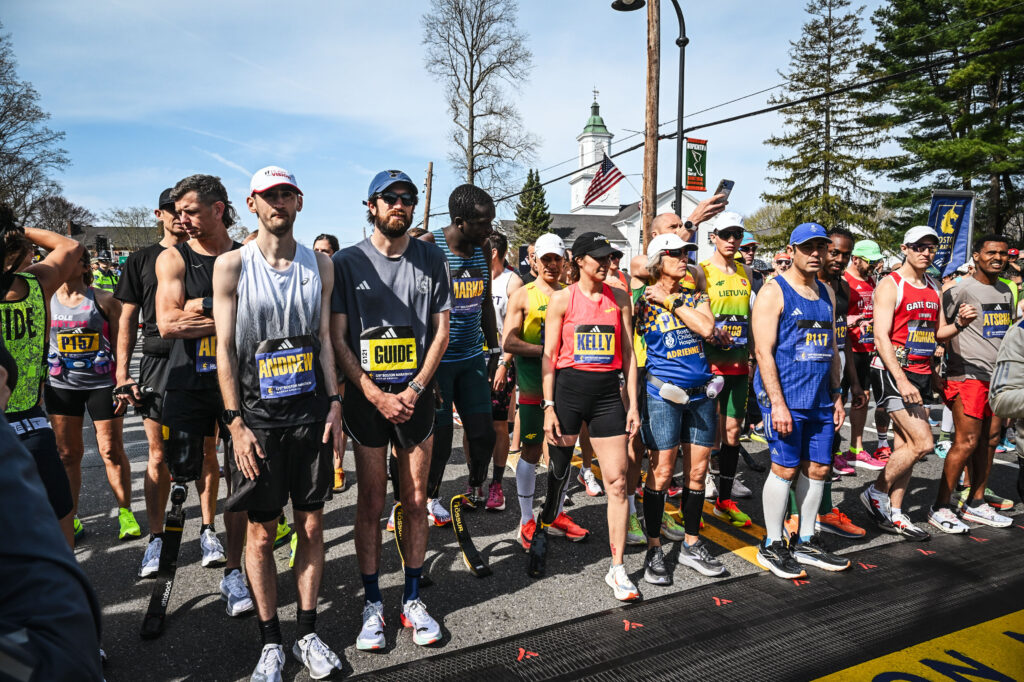When it comes to athletic performance and improving health, fitness and longevity, the time after your workout is just as crucial as the training itself. Many of us focus intensely on our training protocols while overlooking the intricate role of recovery. Over the next few posts, we’ll explore the relevant timeline of post-exercise recovery and how to use this knowledge to optimize performance.
Quick note: It turns out there’s a bit of diverging literature on this topic so I’ve tried to take the approach of putting forth the best evidence I can gather. I think the take home point is that as long as you take in enough fuel after exercise, you’ll generally recover and benefit from the training session. That being said, the evidence does point to improved response during certain periods after exercise. So if you’re able to consume the recommended nutrition within that timeframe, you’ll likely benefit with little reciprocal downside.
Why Recovery Matters
 Recovery isn’t just about feeling less sore or tired—it’s a complex biological process that directly impacts your ability to perform and improve. Recovery isn’t just about preparing for your next workout—it’s a crucial component of your overall health, wellness, and longevity.
Recovery isn’t just about feeling less sore or tired—it’s a complex biological process that directly impacts your ability to perform and improve. Recovery isn’t just about preparing for your next workout—it’s a crucial component of your overall health, wellness, and longevity.
During periods of recovery, your body undergoes essential repair processes that extend far beyond muscle building. Your immune system strengthens, inflammation decreases, and hormonal balance is restored. These processes directly impact cellular health and longevity pathways, including autophagy (cellular cleanup) and mitochondrial function. Research shows that inadequate recovery can accelerate aging through increased oxidative stress, chronic inflammation, and telomere shortening—all key factors in age-related decline.
Conversely, prioritizing recovery through proper sleep, stress management, and strategic rest periods activates longevity-promoting genes and pathways in the body. This is why many centenarians and long-lived populations naturally incorporate rest and recovery into their daily routines, often through practices like afternoon rest periods, gentle movement, and stress-reduction activities. By viewing recovery as an investment in your long-term health rather than just a pause between workouts, you can optimize both your immediate performance goals and your healthspan—the number of years you live in good health. When you exercise, your body undergoes significant stress:
- muscle fibers tear,
- energy stores are depleted, and
- a number of metabolic processes are disrupted.
The recovery period is when your body repairs, rebuilds, and ultimately adapts to become stronger and more efficient.
The Recovery Timeline: A Deep Dive
Let’s break down the recovery process into its key phases to highlight what’s happening in the body and how to support each stage optimally.
Immediate Post-Exercise Phase (0-2 Hours)
The moments immediately following exercise are critical for recovery. During this phase, your body is working to restore homeostasis and begin the repair process. Here’s what’s happening:
- Metabolic Changes: Your body is actively working to balance pH levels, reduce core temperature, and restore oxygen levels in muscle tissue.
- Energy System Recovery: Immediate focus should be on replenishing ATP and creatine phosphate stores, which typically takes 3-5 minutes for ATP and up to 30 minutes for complete creatine phosphate restoration.
- Glycogen Depletion: Depending on exercise intensity, muscle glycogen stores may be significantly depleted. The two-hour window post-exercise represents a period of enhanced glucose uptake by muscles.

Key Action Items:
- Begin hydration immediately
- Consume easily digestible protein and carbohydrates
- Engage in light movement to promote blood flow
Short-Term Recovery (2-24 Hours)
This phase is characterized by significant hormonal and cellular repair processes:
- Hormone Regulation: Growth hormone and testosterone levels fluctuate to promote repair and adaptation. Cortisol levels gradually decrease if proper recovery protocols are followed.
- Protein Synthesis: The rate of muscle protein synthesis increases significantly, especially when proper nutrition is provided. This process can remain elevated for up to 24 hours post-exercise.
- Inflammation Response: While often viewed negatively, the inflammatory response is a crucial part of the recovery process. It helps clear damaged tissue and initiate repair processes.
Key Action Items:
- Focus on quality nutrition throughout the day
- Ensure adequate sleep
- Consider recovery modalities like compression or cold therapy
Long-Term Recovery (24-72 Hours)
This phase is where true adaptation occurs:
- Tissue Remodeling: Muscle tissue continues to repair and rebuild, potentially becoming stronger than before (supercompensation).
- Performance Adaptations: Changes in muscle fiber composition, mitochondrial density, and neural adaptations continue to develop.
- Systemic Recovery: Full recovery of the nervous system and energy stores occurs during this phase.
Key Action Items:
- Monitor recovery markers (HRV, resting heart rate)
- Adjust training intensity based on recovery status
- Continue focusing on sleep and nutrition
Understanding Your Recovery Status
Monitoring your recovery status is crucial for optimizing performance and preventing overtraining. Key indicators include:
- Heart Rate Variability (HRV)
- Resting Heart Rate
- Sleep Quality
- Perceived Fatigue
- Performance Metrics
- Practical Recovery Guidelines
To optimize your recovery process:
1. Immediate Post-Exercise (0-2 hours):
- Consume 20-40g protein and 1-1.2g/kg body weight carbohydrates
- Begin rehydration with electrolytes
- Perform light mobility work
2. Short-Term (2-24 hours):
- Focus on balanced meals
- Implement stress management techniques
- Consider recovery modalities (compression, cold therapy)
3. Long-Term (24-72 hours):
- Monitor recovery markers
- Adjust training intensity as needed
- Maintain a consistent sleep schedule
Take Away
Understanding the recovery timeline allows you to make informed decisions about training frequency and intensity. Remember that recovery is highly individual—factors like training status, age, nutrition, and sleep quality all play crucial roles in how quickly and effectively you recover.
In the next article, we’ll dive deeper into markers of recovery and how to monitor for best results. Stay tuned for practical strategies you can implement immediately to enhance your post-exercise recovery.








